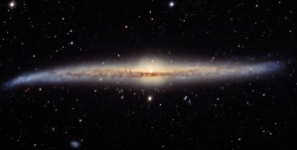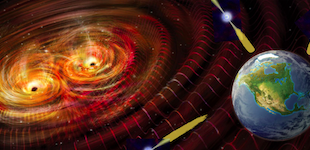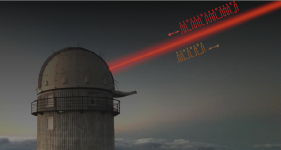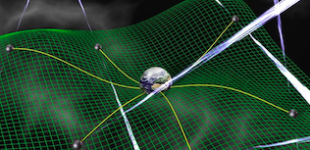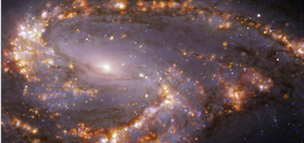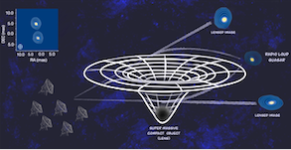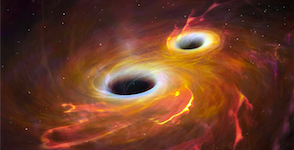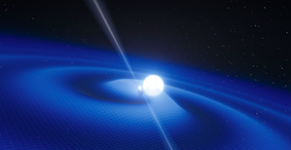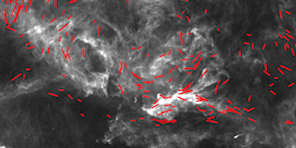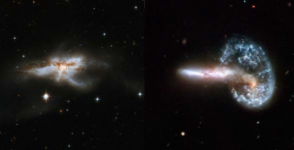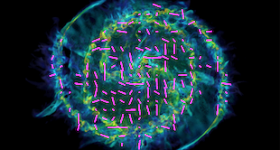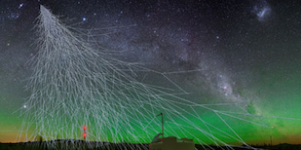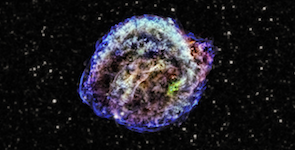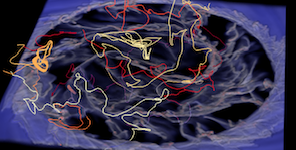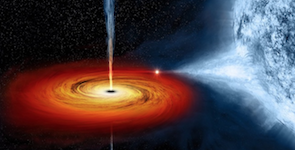Projects
The Milky Way is the cosmic environment in which the solar system, the Earth, and life as we know it came into being. It is also the…
Populations of massive stars enrich, shape and influence the evolution of their surrounding regions through the matter they emit, their ionizing radiation during their life and during their explosive deaths. The…
Supermassive black holes (SMBHs) form the most intriguing astrophysical systems offering countless opportunities to…
Supermassive black hole binaries (SMBHBs) are a natural outcome of galaxy mergers. They can be identified as quasars with periodic variability in time-domain surveys, or from strong gravitational waves (GWs) by Pulsar…
Improvements in space technology and lowering costs for launches by private companies (ie SpaceX) has led to a dramatic increase of the…
Astronomy is being transformed by surveys performed with instruments capable of searching the sky for multi-messenger signals with high speed and sensitivity, while delivering science-read datasets to the community.…
The European Pulsar Timing Array (EPTA) is a multinational European collaboration whose aim is to increase the precision and quality of pulsar science results by combining the efforts and resources of the various…
Historically, Astronomy is the first of the natural sciences with a profound impact in the development of new technologies in order to solve practical problems, such as the flow of time, as well as answer fundamental…
The goal of XTREME, which is funded by the Hellenic Foundation for Research and Innovation is to perform a systematic multi…
One of the most compelling mysteries in both cosmology and particle physics is the nature of Dark Matter (DM). We investigate this problem using…
IA-FORTH is a partner of the Total-Coverage Ultra-Fast Response to Binary Mergers Observatory (TURBO).
The project, which commences in 2022, is funded…
Neutron stars comprise the densest form of matter in the observable Universe. Their mass distribution contains crucial information about the late…
This project, coordinated by Prof. A. Zezas, has as a goal to bring together the resources of an interdisciplinary collaboration network of leading…
The Great Observatories All-sky LIRG Survey (GOALS), is combining imaging and spectroscopic data from NASA's Spitzer, Hubble, Chandra and GALEX space-borne observatories in a comprehensive study of over 200 of the most…

